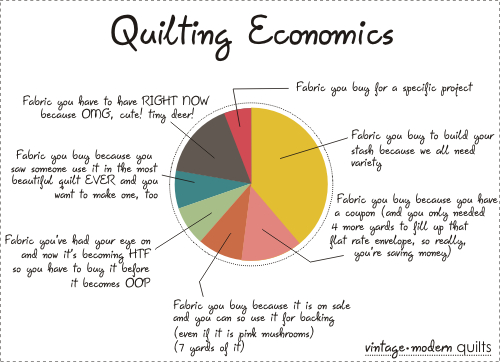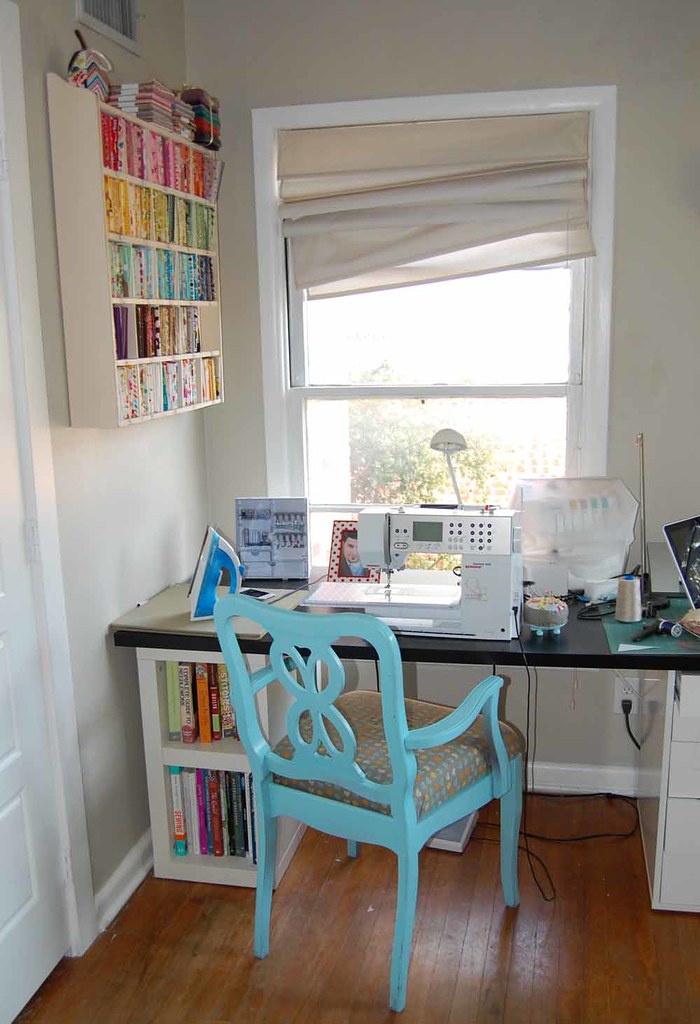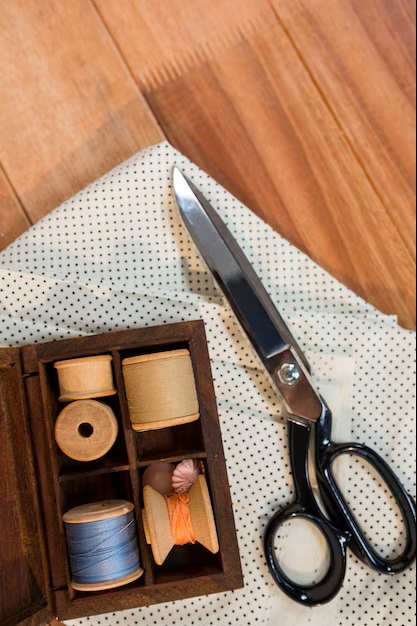Avoid These Common Quilting Mistakes for Better Results and Enjoyment
Aim for precision in cutting fabric, as uneven pieces can lead to frustration during assembly. Use a rotary cutter with a self-healing mat for accuracy, and always ensure your ruler is clearly marked to prevent mistakes. Consistency in measurements is crucial: a quarter-inch seam allowance should be adhered to throughout your project for a polished finish.
Pay close attention to thread selection; the wrong type or color can alter the final appearance. For quilting, opt for a high-quality thread that complements your fabric choices. Always test stitch your thread on a scrap piece before proceeding to the main project, ensuring tension is just right to avoid puckering.
Take care of your tools–regularly replace needles and keep your machine well-maintained. Dull needles can snag and distort fabric, leading to unsightly outcomes. In addition, avoid rushing through your work; patience ensures your pieces align properly, which is essential for achieving a high-standard quilt.
Finally, frequent pressing of seams is indispensable. This technique not only sets the stitches but also helps in achieving a flat surface for further assembly. Use the proper temperature settings for your fabric type to avoid damaging fibers.
Neglecting Pre-Washing Fabrics
Pre-washing fabrics is a crucial step in your crafting process. Skipping this phase can result in significant problems down the line. Fabrics often shrink after their first wash, which may distort your finished project. To prevent this, wash your fabrics in warm water and use a mild detergent before cutting.
Additionally, some fabrics might bleed dye, especially if they are not pre-washed. This can lead to unintended color bleeding onto lighter fabrics in your project. Testing for colorfastness by soaking a small piece of the fabric can help mitigate this risk.
When you pre-wash, also consider how you dry the fabrics. Air drying is gentle on fibers and helps maintain their integrity. For fabrics that tend to wrinkle, a low heat tumble dry can be beneficial, but avoid high temperatures as they can weaken the fibers.
A table summarizing the steps for pre-washing fabrics is provided below:
| Step | Action |
|---|---|
| 1 | Wash in warm water with mild detergent |
| 2 | Check for colorfastness with a test swatch |
| 3 | Choose air drying or low heat tumble dry |
| 4 | Press gently if wrinkled before cutting |
Invest the time in pre-washing to enhance the quality and longevity of your work. Proper preparation helps ensure your creation looks great and stands the test of time.
Inaccurate Cutting and Measuring Techniques
Use a rotary cutter instead of scissors for precision. Ensure your blade is sharp, as a dull blade can lead to uneven edges and frayed fabric. Always cut on a self-healing mat to protect surfaces and maintain blade integrity.
Measuring Accurately
Use a clear acrylic ruler for measuring fabric. Check that the ruler has markings for both inches and centimeters. Align the fabric edge with the zero line on the ruler to prevent discrepancies.
- Measure twice before cutting; this reduces errors.
- Keep the fabric taut but not stretched to avoid inaccuracies.
- Consider using a fabric weight to hold down the material as you measure.
Aligning Fabric Layers
When working with multiple layers, ensure they are perfectly aligned. Use pins or clips to secure fabric layers together before cutting. This prevents slippage during the cutting process, which can result in uneven pieces.
- Pin each layer at regular intervals, especially when cutting curves.
- Recheck alignment after pinning, as layers can shift.
Regularly calibrate your cutting tools and measuring devices to maintain accuracy and consistency in your projects.
Choosing the Wrong Thread for Your Project
Always match the thread type to the fabric you’re working with. Use cotton thread for natural fibers, while polyester thread is suitable for synthetic fabrics. Avoid using heavy thread on lightweight fabric, as it may cause puckering.
Check the thickness of the thread against your needle size; mismatch can lead to skipped stitches or thread breakage. For intricate designs, opt for finer threads that can provide better detail without compromising durability.
Thread Color Selection
Selecting the wrong color can drastically alter the aesthetic of your work. Test the thread against the fabric in natural light to ensure a harmonious match. Consider using a thread that is a shade darker or lighter than your fabric for subtle contrast that highlights your stitching.
Ignoring Thread Quality
Choose high-quality threads to reduce fraying and breakage. Low-quality thread often leads to tension issues and inconsistent results. Investing in premium brands may seem costly initially but pays off through better functionality and fewer interruptions during your sewing process.
Overlooking Seam Allowance Consistency
Maintain a uniform seam allowance of either 1/4 inch or 1/8 inch throughout your project. Inconsistent seam widths lead to misaligned blocks and warped designs. To ensure precision, use a seam guide or measure consistently from your needle to the edge of the fabric, marking the desired seam allowance directly on your machine’s throat plate.
Practical Tips for Seam Measurement
Invest in a quilting ruler or a dedicated seam allowance foot for your sewing machine. These tools provide clear visual reference points, enhancing accuracy. After each significant sewing session, check several seams against your guide to confirm consistency, adjusting if necessary.
Impact on Final Projects
Achieving uniform seam allowances creates a polished look and ensures each component fits together seamlessly. Inconsistent seam widths not only cause frustration during assembly but may also result in puckering or gaps, undermining the overall quality of your work.
Ignoring the Importance of Pressing Seams
Neglecting to press seams can lead to uneven blocks and misaligned patterns. After sewing each seam, take the time to press it flat with an iron. Use the appropriate heat setting for your fabric type to prevent damage. This process ensures that the fabric lies correctly, contributing to a polished final outcome.
Technique Matters
Utilize both the open and closed seam pressing methods. For open seams, press the seam open to reduce bulk, especially in areas with intersections. Closed seams can be pressed toward the darker fabric, helping to conceal any imperfections. Experiment with both techniques to find what works best for your project.
Invest in Tools
Quality pressing tools make a difference. A reliable iron with a steam function aids in achieving crisp seams. Consider using a pressing mat; it provides better heat retention compared to regular surfaces. Additionally, a seam roller can be handy for ensuring flat seams without the risk of scorching fabric.
Skipping the Quilting Basting Step
Always include the basting process before proceeding with your sewing. This technique creates stability, preventing sections from shifting during the stitching phase. Choose temporary adhesive sprays, safety pins, or hand tacking methods to secure the layers effectively.
When using safety pins, space them about 4 to 6 inches apart for optimal hold. Ensure they are positioned perpendicularly to the seams. If you opt for sprays, apply a light coat, allowing it to set briefly before taking the next steps. The goal is to achieve a smooth and flat surface, minimizing wrinkles and puckering.
Disregarding this step can lead to misaligned blocks and uneven stitching, resulting in a final product that lacks polish. Don’t underestimate the importance of this preparatory work; it significantly enhances the quality of your project.
Always assess the fabric’s thickness and type to determine the best method for basting. For heavier materials, pins may be more effective, while lighter fabrics can work well with spray adhesive. Invest the time in this phase to ensure a professional-looking finish on your quilt.
Q&A: Quilting mistakes
What are some common mistakes quilters make during the quilting process and how can they be fixed?
Common mistakes include wavy borders, uneven quilt blocks, and tension issues during machine quilting. These can often be corrected using a seam ripper to adjust seams, stabilizing the quilt sandwich properly before quilting, and switching to a walking foot or adjusting the presser foot pressure. Learning how to fix quilting mistakes improves overall quilting skills and ensures a more professional finished quilt.
How does free-motion quilting differ from using a walking foot, and when should each be used?
Free-motion quilting allows the quilter to stitch in any direction using a darning or free-motion presser foot, ideal for intricate quilt designs and curved motifs. A walking foot, on the other hand, feeds all quilt layers evenly and is better for straight-line quilting or stitching in the ditch. Choosing the right method depends on the style of the quilting project and the quilter’s experience.
What steps should a beginner follow to start quilting and avoid common problems like running out of fabric or wonky blocks?
Beginners should start by selecting a simple quilt pattern and measuring their quilting fabric and backing fabric accurately. Carefully piecing quilt blocks together, basting the quilt sandwich properly, and pressing seams consistently can help avoid common problems. Planning ahead also helps prevent issues like running out of fabric during the project.
Why is basting a quilt sandwich correctly essential for the success of the entire quilt?
Basting secures the quilt top, batting (bat), and backing fabric together, preventing shifting during the quilting process. Poorly basted quilt layers can lead to puckering, wavy stitching, or misaligned quilt blocks. Using safety pins or spray adhesive and working on a flat surface helps ensure the whole quilt remains stable during machine quilting or hand sewing.
What are some common quilting mistakes i made when using free motion quilting on a large quilt?
Some common quilting mistakes i made with free motion quilting on a large quilt include tension problems caused by incorrect bobbin threading, uneven stitch length from inconsistent hand speed, and puckering due to poorly basted layers. Using a long arm machine or improving control with practice can reduce these issues and enhance stitch quality.
How does the use of a bobbin affect the outcome of free motion quilting projects?
The bobbin plays a crucial role in achieving balanced tension during free motion quilting. An improperly wound bobbin or mismatched thread weight between the top thread and bobbin can cause skipped stitches or thread nests. Ensuring the bobbin is wound evenly and fits correctly in the case helps produce clean, even stitching throughout the quilt.
Why is adding borders important when you make a quilt, especially a large quilt?
Adding borders helps frame the quilt top, stabilize the edges, and enhance the overall quilt design. On a large quilt, borders provide structure that prevents distortion during quilting and binding. Carefully measuring and attaching the borders helps avoid wavy edges and contributes to a polished, professional look.
What role does applique or appliqued sections play in the design of quilts with sashing?
Applique or appliqued motifs can add focal points or decorative detail between or within quilt blocks. When combined with sashing, these elements stand out more clearly, providing contrast and visual interest. Using sashing with applique also helps balance the layout and maintain consistent spacing in the overall quilt design.




